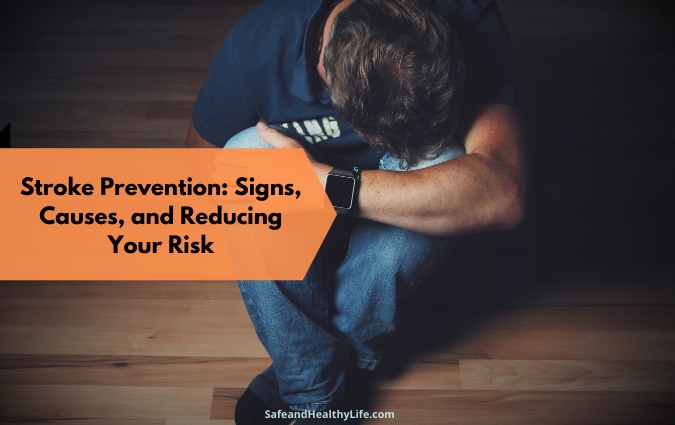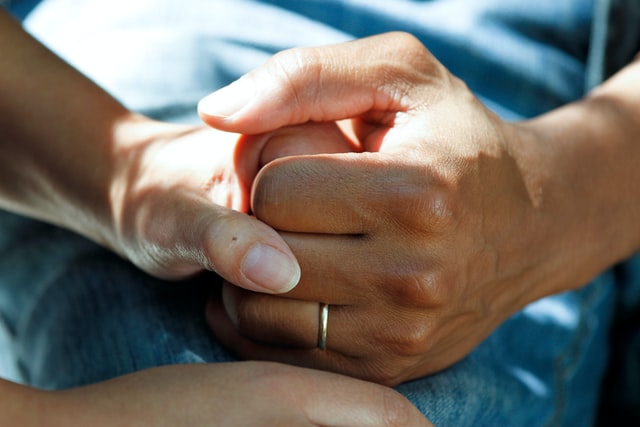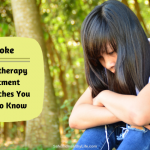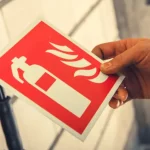
If you know someone who has suffered a stroke, you know how heart-wrenching strokes can be to experience, both during and after this medical emergency.
Unfortunately, 6.6 million deaths worldwide in 2019 were attributed to stroke and related hemorrhage, and one in four clot-related stroke survivors ends up suffering another stroke.
But what exactly is a stroke, and what are the signs that one is happening?
What causes a stroke, and who is most at risk?
We’ll answer your questions and help put your mind at ease by giving you the facts about stroke prevention.
What Is a Stroke?
A stroke is a general term used to describe an emergency that occurs when oxygenated blood flow to the brain stops. When that happens, even for a few minutes, brain cells begin to die.
At this point, some brain function is lost (either temporarily or permanently), and the ability to do the following things may be affected:
Move, speak, or eat
Control the bladder and bowel (and other vital bodily functions)
Think or remember
Control emotions
What Are the Signs of Stroke?
It’s not difficult to spot the signs of stroke, as the symptoms tend to be apparent, come on suddenly, and often only occur on one side of the body.
Signs someone is having a stroke include:
One side of the face is drooping. Can the person smile?
One arm and/or leg is weak or numb. Can the person lift it?
Speech is slurred. Can the person correctly repeat a simple sentence?
One or both eyes have trouble seeing. Can they focus on an object?
Severe headache. Is there no known cause?
Walking is difficult and unbalanced. Is the person walking like they’re dizzy?
Confusion. Are they having difficulty understanding what is happening?
If you notice any of these symptoms in yourself or anyone else, call 911 immediately.
What Can Cause a Stroke?

Photo Credit: Unsplash
Two things can cause a stroke. First, it can be caused by a blockage of blood flow to the brain.
This can happen when a buildup and hardening of fatty deposits (called plaque) narrows the arteries.
The second cause is when an artery leaks blood into the brain, which can happen when high blood pressure ruptures the artery wall.
It’s also instructive to know the three different types of stroke and the causes of each:
Ischemic stroke is caused by the blockage of an artery that supplies blood to the brain.
Hemorrhagic stroke is caused by an artery in the brain leaking blood or rupturing, which puts too much pressure on brain cells. This can happen either in the brain or in the area surrounding the brain.
Transient ischemic attack (also called a mini-stroke) is caused by the blood flow to the brain being blocked for only five minutes or less, which limits the damage done.
What Foods Can Trigger a Stroke?
While eating certain foods won’t immediately trigger a stroke, there are some that, eaten in excess over a long period, can elevate your stroke risk.
Salt (frozen pizza, canned chili, etc.)
Sugar (for example, pastries or ice cream with toppings)
Artificially sweetened beverages (like soda and ice tea)
Alcohol (beer, cocktails, etc.)
Saturated fats (i.e., fried foods or processed meats)
Trans fats (snack cakes, some microwavable popcorn, etc.)
Cutting out these high-risk foods will help lower the body’s BMI (body mass index), blood pressure, LDL cholesterol, and triglycerides. This, combined with regular exercise and a healthy lifestyle, can significantly help stroke prevention.
Who Is Most at Risk for Stroke?

Photo Credit: Pexels
Anyone can have a stroke, but the five highest risk factors are:
Age: Strokes are most common in people over 65 years old, and the chances of having one double every 10 years after age 55.
Sex: More men have strokes throughout their lifetime, but since women generally live longer, their risk goes up accordingly.
Race: African Americans are at especially high risk (because this population has more high blood pressure).
Genetic factors: Things like a family history of strokes or genetic predisposition to high cholesterol are genetic factors.
Medical history: Having already had previous stroke ups the odds significantly.
Health conditions that raise the risk for stroke include:
Obesity
High blood pressure
High cholesterol and lipids
Heart disease
Diabetes
High red blood cell count
Abnormal heart rhythm
Damaged heart valves
Other factors that increase the risk include:
Lack of exercise
Oral contraceptives
Smoking and vaping
Excessive alcohol use
Illegal drug use
Living or working in extreme climate temperatures
How to Reduce Your Chances of Having a Stroke
While there is no sure thing you can do for stroke prevention, there are plenty of ways to reduce your chances of experiencing one.
Eat well, avoiding unhealthy foods.
Stop smoking or vaping.
Choose to drink water over other beverages.
Avoid living or working in extreme heat or cold.
Talk to your doctor if you have a high risk for stroke.
It can be scary to learn about strokes and frustrating to learn that many stroke prevention tips are out of your control, like age and family history. But you do have the power to improve your eating and exercising habits, take supplements that help with stroke prevention, eliminate smoking, communicate with your doctor about your concerns, and be on the lookout for stroke symptoms so you can get help fast.
After all, being empowered over our own health is one of the greatest things we can do for ourselves and those we love.
About The Author:
Brooke Cade is a freelance writer with multiple publications. When she is not writing, Brooke is committed to learning more about helping home improvement, DIY projects, and supporting her local coffee shop.




